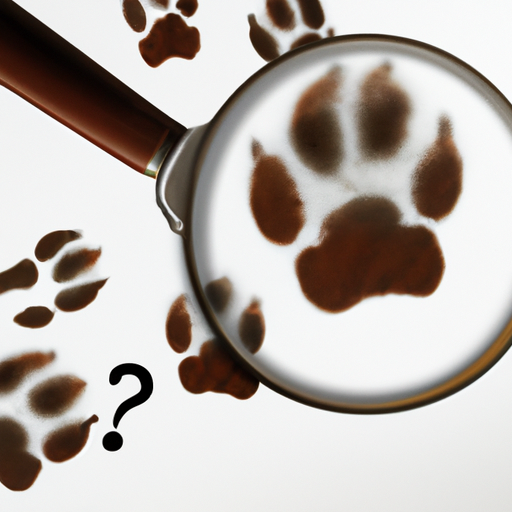Understanding the Issue
You’ve probably noticed a sudden change in your dog’s paw color. The normally light-colored paws have taken on a reddish-brown hue. This might have made you wonder, “Why are my dog’s paws reddish brown?” The color change could be due to several reasons, such as allergies, infections, or even the dog’s licking habits.
Common Causes of Reddish-Brown Paws
Excessive licking, chewing, or biting can cause a dog’s paws to turn reddish-brown. Here are a few common causes:
- Allergies: Dogs can suffer from environmental allergies, similar to humans. This could be from grass, pollen, or certain types of food.
- Yeast Infections: Yeast can grow in the warm, damp areas between a dog’s foot pads, leading to discoloration and discomfort.
- Injury: A paw injury can lead to reddish-brown discoloration if the dog is licking the wound excessively.
Symptoms to Look Out For
In addition to the reddish-brown discoloration, you might notice other symptoms that could indicate a larger issue. Some of these include:
- Swelling or redness
- Constant licking or chewing
- Limping or difficulty walking
- Unusual odor coming from the paws
Remedies and Treatments
Remedies and treatments can vary based on the cause of the discoloration. Here are a few recommendations:
- Regular Paw Cleaning: Keeping your dog’s paws clean can prevent and alleviate many issues. Use a gentle, dog-safe soap and warm water.
- Dietary Changes: If food allergies are suspected, you might need to adjust your dog’s diet.
- Veterinary Care: If the condition worsens or persist, it’s always best to seek professional help.
| Issue | Action |
|---|---|
| Allergies | Consult a vet, consider dietary changes |
| Yeast Infection | Use anti-fungal creams, keep paws dry |
| Injury | Seek immediate vet care |
Frequently Asked Questions (FAQs)
Q: Can I use human products to clean my dog’s paws?
A: No, it’s best to use dog-safe products as human products can be too harsh.
Q: How often should I clean my dog’s paws?
A: Ideally, clean them after every walk or outdoor activity.
Q: When should I seek veterinary help?
A: If the discoloration continues, worsens, or if your dog appears to be in pain, seek veterinary help immediately.
In conclusion, observing your dog and understanding their habits can help you identify the cause of the reddish-brown discoloration. Remember, it’s always best to consult with a vet if you’re unsure or if the problem persists.



